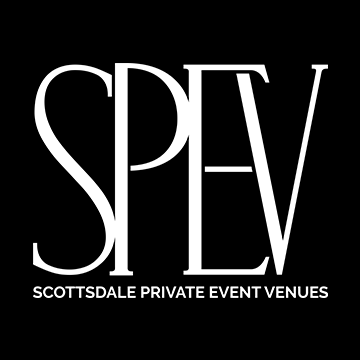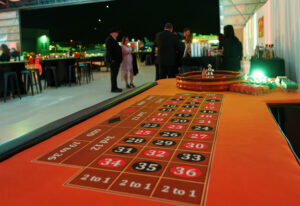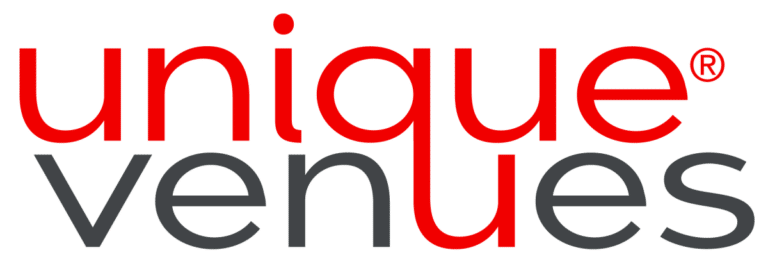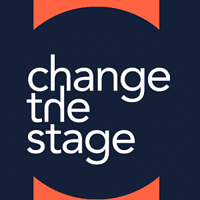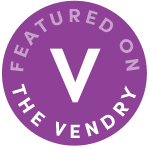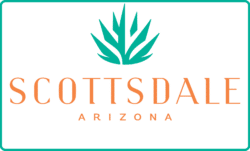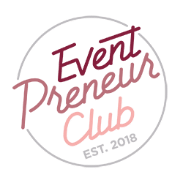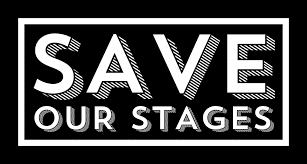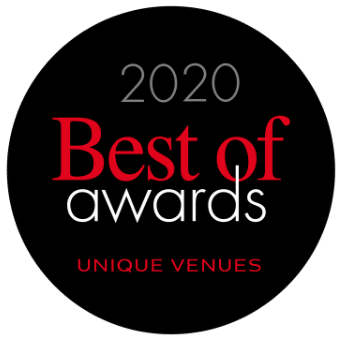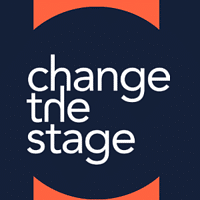Planning an Event or Creating an Experience? Even before all the latest state of the industry reports and figures are out, it’s safe to say 2015 was a good year for the meeting and events industry. One of the main trends of yesteryear was the push towards more creative, engaging, and experiential events. When looking at the trends for 2016 it’s this same trend that stands out for me personally and has me excited the most as an event-goer.
Basically, getting the logistics right is not the event professional’s main challenge anymore. It’s moving from planning another event to creating a multifaceted experience for the attendee. There are a few approaches to achieving this and while each can work solo, or in tandem with the rest, Genioso recommends mixing it up for maximum results.
Your audience: Customer-centric experiences
Forget the “Content is king” mantra for a minute. The audience is king! Because they’re investing their money and valuable time to attend your event. You have to provide the type of experience and value your customer will expect.
Sure, attendance numbers are sitting pretty today, but this also means the audience expects more than ever. Events need to be tailored according to what the customer cares about and how they learn. Always consider two things:
- Who’s going to attend and why?
- How can you meet, or preferably exceed their expectations?
Analyzing the audience’s demographics and preferences is important. Millennials (also known as Generation Y) is a word thrown around a lot lately and for good reason. As one of my favourite speakers Rob Davidson puts it in a recent article on Sli.do’s blog:
“The people who will determine the future design of conferences are Generation Y, those born between 1977 and 1995, who are on the way to becoming the dominant age-group.” – Rob Davidson, Managing Director at MICE Knowledge
Tailoring the event experience according to the audience tends to produce some great benefits:
- Improves brand perception;
- Boosts word-of-mouth marketing;
- Increases attendance in the long run;
- Better attendee engagement;
- More efficient learning.
Technology: Licensed to engage
The push towards more experiential events is largely inspired by the needs of this new generation of always-connected, mobile-wielding attendees to be engaged and to network in a more natural way. This is where event technology can make a huge difference. Audio and visual cues improve the effectiveness of learning processes, but mobile is now the key part of the winning formula in the way it brings more engagement opportunities.
Beyond the engaging aspect, mobile is great for collecting data. The more you know, the better you can do. Mobile apps today allow event planners to collect and track more data than ever.
Event technology is there to provide some key benefits:
- Extends your reach;
- Better attendee engagement;
- Access to real-time data tracking;
- More detailed post-event information;
- Improves marketing follow-up.
Venues: Part of the metagame
Venues are now part of the metagame. As event planners are starting to look for interesting places to hold their next event, more and more unconventional venues are popping up on the map. Still a matter of knowing your audience, though, because you can’t hold a business event at a swimming pool. Or can you?
An interesting venue can completely transform the attendee’s perception of your event. It can challenge your audience in a number of ways that technology can’t achieve just yet.
Venues are already being used as a key element of making an event more memorable. Some of the potential benefits include:
- Improves brand perception;
- Boosts word-of-mouth marketing;
- Better attendee engagement;
- Greater entertainment value;
- More networking opportunities.
Event immersion: Stimulate the senses
Attendees require a different level of stimulation and interactivity. Multisensory experiences is a relatively new approach to creating memorable events. The idea here is to involve as many of the senses as possible. Introducing even a single additional sense on top of sight and sound can be quite stimulating and leave a lasting impression on your audience.
Then there’s taking out one of the senses in order to heighten another. Like reducing the ability to see something for the purpose of enhancing the sense of touch or smell. This challenges the audience to experience event activities in new, memorable ways and yields some excellent results:
- Increases brand awareness;
- Greater entertainment value;
- Improves brand perception;
- Boosts word-of-mouth marketing;
Sustainability: the feel-good factor
Events tend to produce a lot of waste. Most people would rather be part of the solution, as opposed to part of the problem. Consider green practices and wellness initiatives as a way to improve the event experience. You’d be surprised at how positively your audience responds to being at an event that cares about the environment, or the well-being of the local community.
Waste management schemes and sustainable catering are just some of the steps you can take to “green” your event. Green practices actually contribute to the attendee experience and benefits your brand:
- Improves brand perception;
- Boosts word-of-mouth marketing;
- Possible cost reductions in the long term;
- The feel-good factor for everyone!
The Sharpest Tool in the Shed: Better together
We are social animals. Online interactions are great, but communicating face to face is still our most natural way or interacting. A great event experience is the one where we get to meet other people, create new business opportunities and even, hopefully, make lasting friendships. Creating an environment for connections and getting people together is still one of the main values an event has to offer. Event tech is there to enhance that experience, not be the mainstay.
Millennials again! Generation Y in particular has that constant urge to expand their networks, because they see it as key to growing professionally. This is my favourite approach and offers some top, top benefits:
- Better attendee engagement;
- Improves brand perception;
- Boosts word-of-mouth marketing;
- More networking opportunities.
Don’t know about you, but the idea that the meeting and events industry in 2016 is focusing more than ever on experiences, has me very excited as an event-goer. At Genioso we’ll cover the most inspirational and notable examples of experiential events throughout 2016, so by all means – follow us on facebook, twitter, or sign-up to receive our newsletter!
Image: Jeff Krause | Some rights reserved
